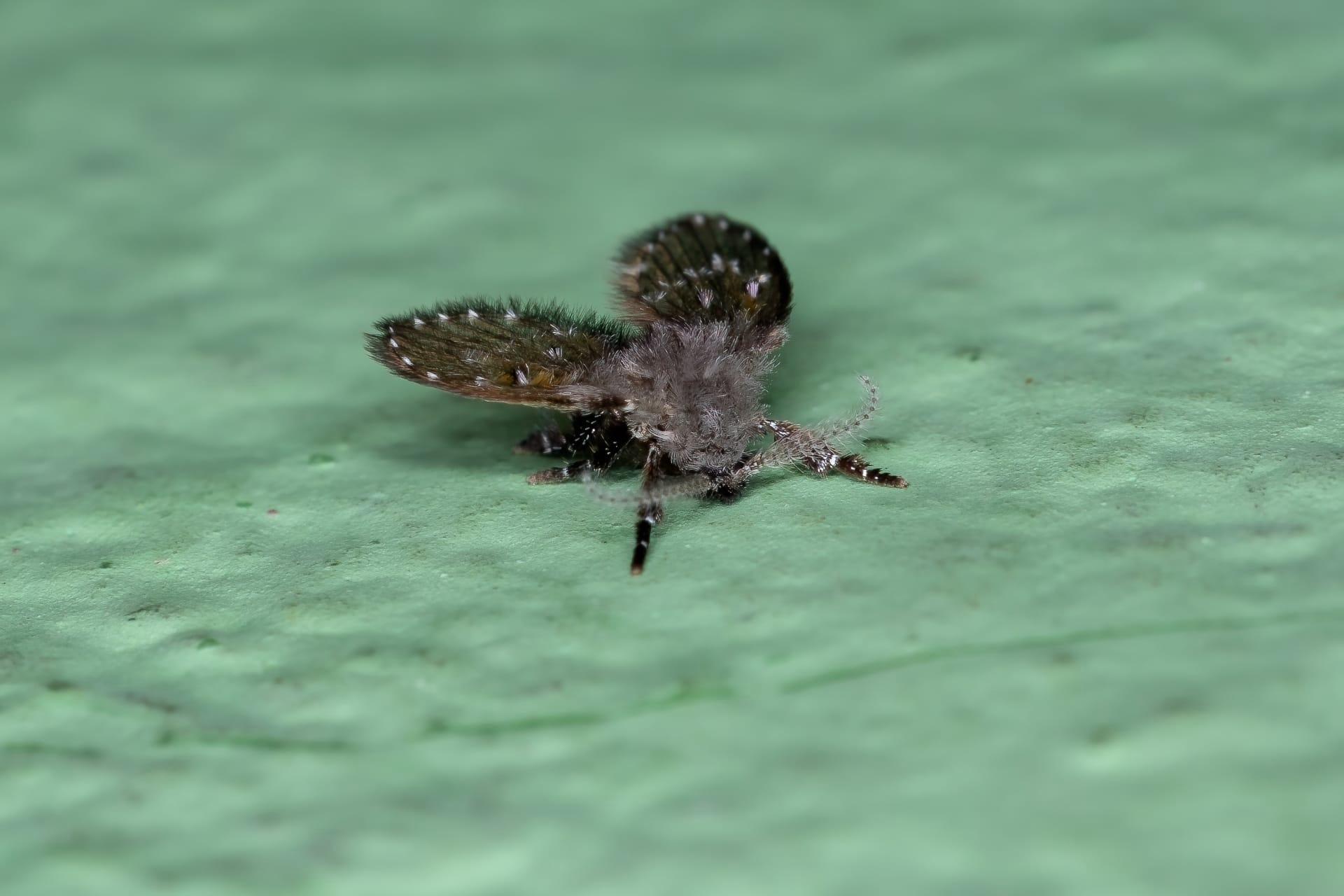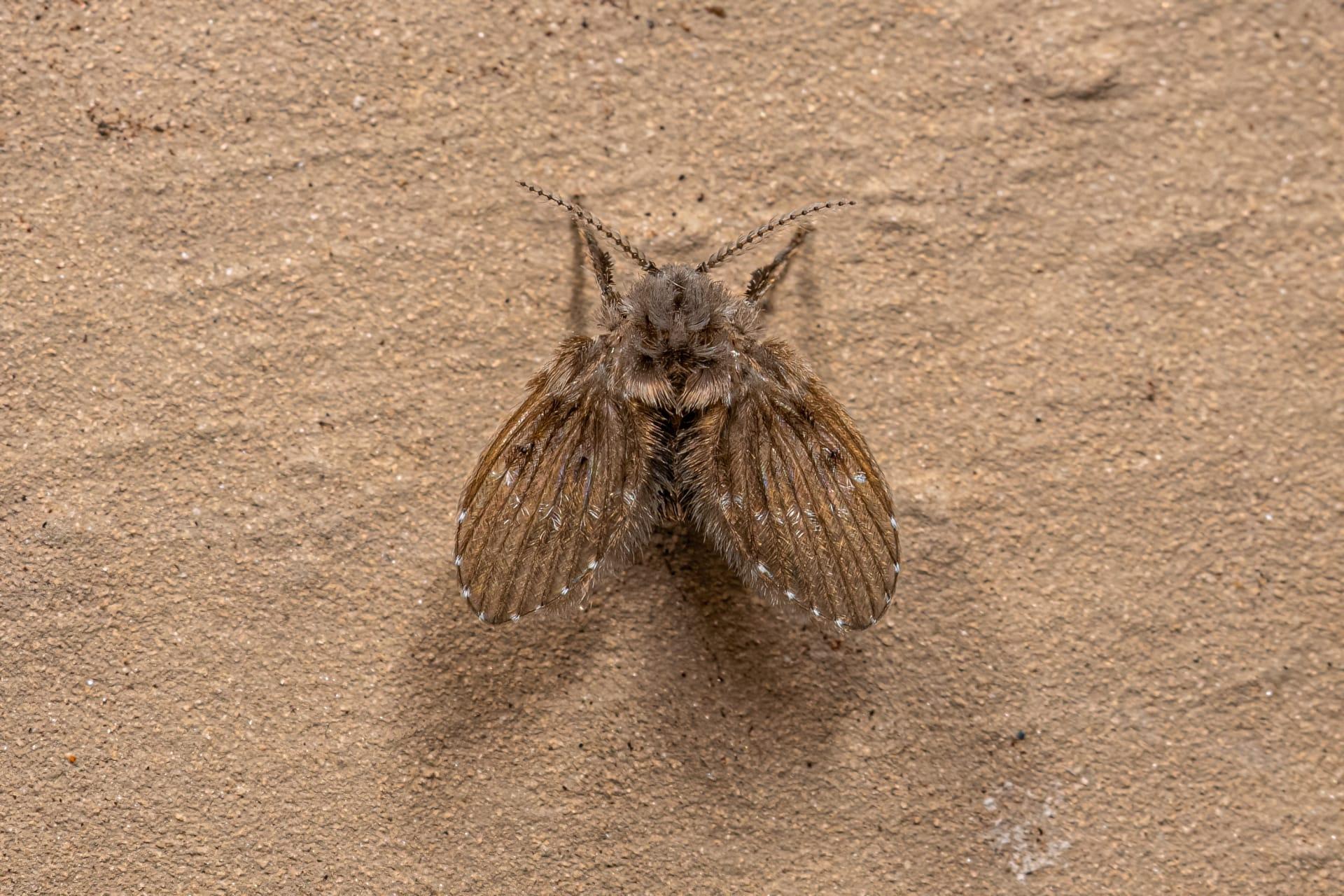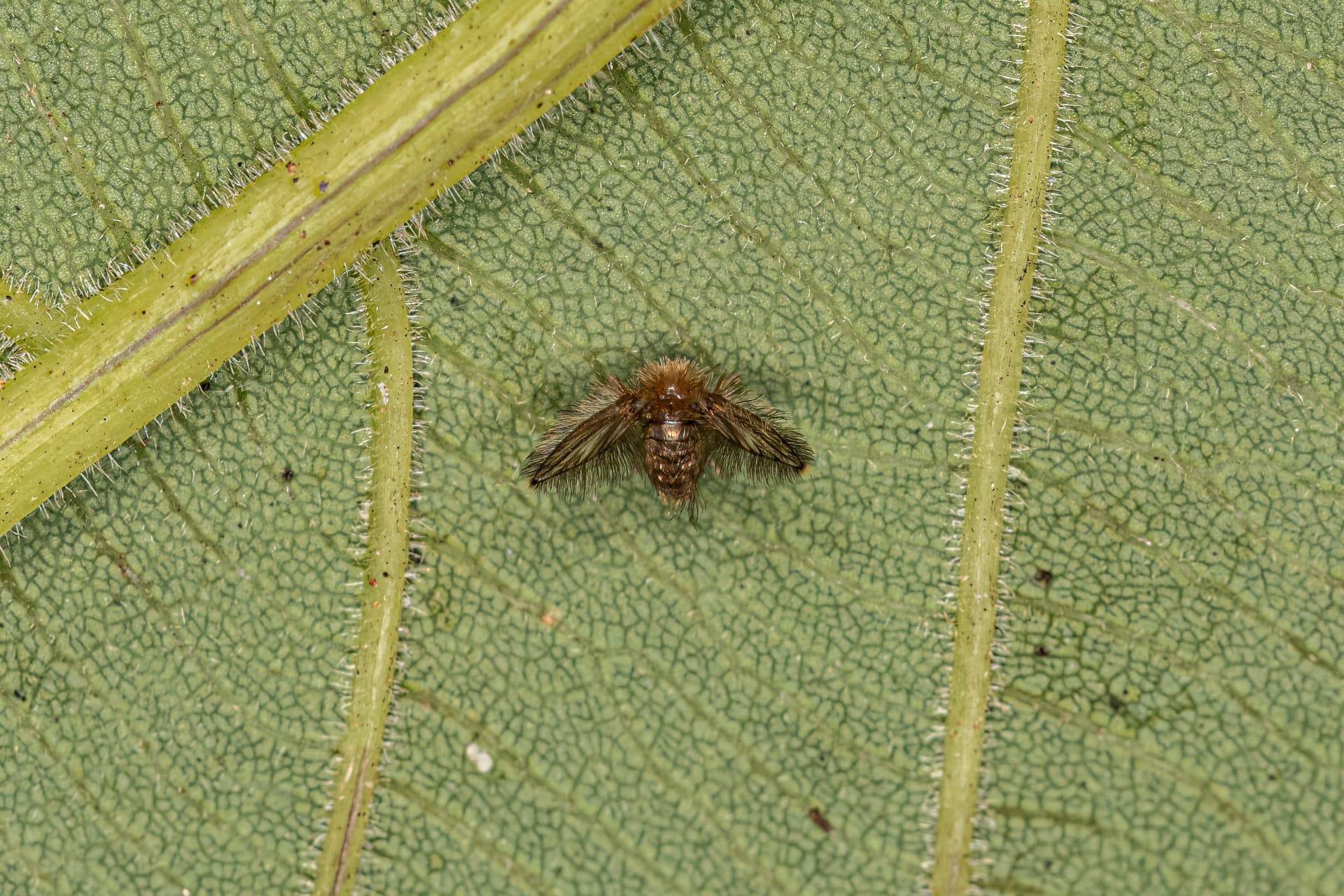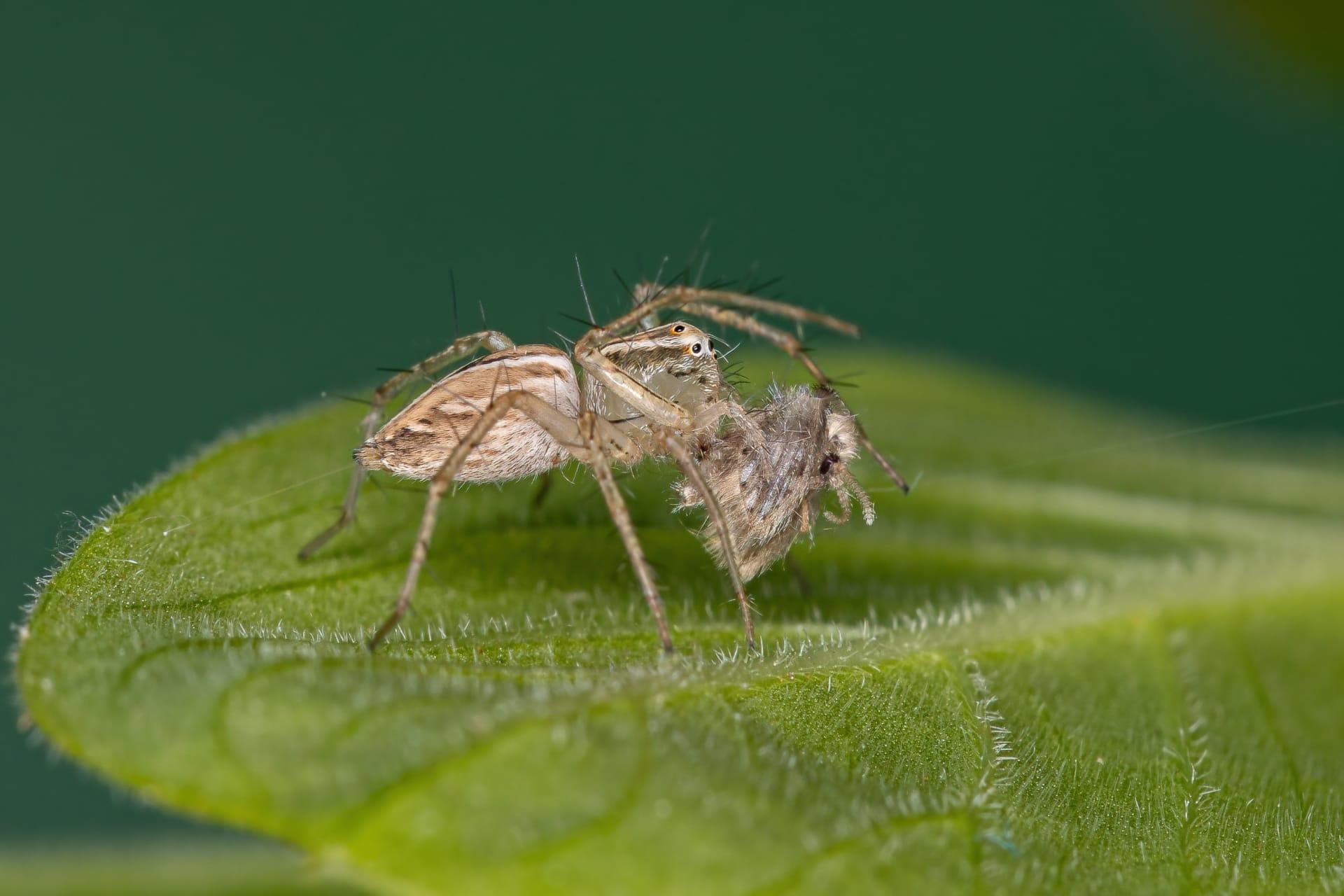Drain Fly Characteristics
- Home /
- Mini Encyclopedia /
- Animal /
- Drain Fly Characteristics
1
The Drain Fly, a tiny but fascinating insect, measures just about 1.5 to 5 mm in length. Despite its small size, its life cycle is quite intriguing. Typically, a Drain Fly lives for about two weeks, yet this can extend up to three weeks in optimal conditions. Their bodies are covered in dense hair, giving them a fuzzy appearance, often leading to their nickname 'moth flies'.
One of the most distinctive organs of the Drain Fly is its antennae, which are highly specialized and sensitive. These antennae are crucial for navigation and locating food sources. They contain a series of fine hairs and receptors capable of detecting subtle changes in air currents and odors, enabling the Drain Fly to effectively maneuver through its environment and find sustenance.

2
Question: What attracts Drain Flies to household drains and how can they be managed?
Answer: Drain Flies are attracted to moist environments rich in organic material, which is why they are commonly found in household drains. These conditions provide ideal breeding grounds. Management of Drain Flies involves cleaning drains to remove organic matter, thus depriving them of their breeding habitat. Regular drain maintenance, using non-corrosive cleaning agents, and ensuring drains are free of standing water can significantly reduce Drain Fly populations.

3
Drain Flies exhibit a unique flight pattern, often described as a jerky or wandering flight, not covering much distance. They are not strong fliers and typically travel only a few feet at a time. This is due to their small wings, which are more suited for short bursts of flight.
In terms of feeding, Drain Flies primarily consume decaying organic material found in moist environments. Their larvae are particularly effective in breaking down such material, thus contributing to the decomposition process. Adult Drain Flies may also feed on nectar and other organic substances, but they are not known to be significant pollinators.

4
The preferred habitat of Drain Flies includes damp, dark, and slimy areas, particularly in drains, sewers, and septic tanks. They thrive in environments where there is an abundance of organic material, which serves as food for their larvae.
Reproduction-wise, Drain Flies lay their eggs in these moist environments. A female can lay about 30 to 100 eggs, which hatch into larvae within 48 hours. The larvae stage lasts about 9 to 15 days, followed by a pupal stage of 20 to 40 hours before emerging as adults. This rapid life cycle allows for quick population growth in suitable conditions.

5
Book: "The Secret Life of Flies" by Erica McAlister. Published in the United Kingdom, this 2017 book dives into the diverse and intriguing world of flies, including Drain Flies. McAlister, a renowned entomologist, uncovers the vital roles these insects play in our ecosystem, blending scientific insights with engaging narratives.
Book: "Flies: The Natural History and Diversity of Diptera" by Stephen A. Marshall. This comprehensive guide, published in Canada in 2012, offers an in-depth look at the order Diptera, to which Drain Flies belong. Marshall, an esteemed insect expert, presents detailed descriptions, photographs, and the ecological significance of these often-overlooked creatures.